The 12 Character Archetypes
In blockbuster films and best-selling books, there are certain types of characters that appear repeatedly. They're known as character archetypes. In this post, we're going to get to know them.
It’s almost like these character archetypes have a life of their own, popping up across genres and art forms to play their timeless roles. From the hero’s journey in epic adventures to the complex dynamics in a psychological thriller, these archetypes are the backbone of narratives, bringing depth, conflict, and relatability to the stories we hold dear.
Some people say there are five common character archetypes. Some reckon eight. Others think 99. For this guide, we're going to keep it classic and stick to psychologist Carl Jung's system of archetypes, aka #Jungian style. Jung suggested that there are 12 main character archetypes – and we'll explain them all below.
The Shortcut to Effective Storyboards.
Boords is an easy-to-use storyboarding tool to plan creative projects.
Get Started for FreeIt’s fascinating to think how the Jungian archetypes have stood the test of time, becoming a go-to framework for writers, filmmakers, and creatives worldwide. His categorization doesn’t just list character types; it delves into the psychological underpinnings of why characters behave the way they do, offering a richer, more nuanced understanding of storytelling.
A bit of background: Jung believed that human beings all over the world have a universal character (archetype) within them, which is a part of the collective unconscious, a shared reservoir of memories and ideas that all humans have in common. Each of the twelve primary archetypes carries its own set of values, meanings, and personality traits, contributing uniquely to our shared psychological experience. He organized the twelve common archetypes into three sets of four – ego, soul, and self – with each set sharing the same underlying motivation for their actions and decisions. Jung believed that these archetypes are innate, universal, and hereditary, and they shape human behavior and experiences.
This universal character within us resonates with the archetypes we see on screen or in pages, creating an invisible thread that connects us to the stories we love. It's a testament to the enduring power of storytelling and its ability to tap into the deepest parts of our human psyche. So, as we dive into the intricate world of character archetypes, we're not just learning about fictional characters; we're uncovering aspects of ourselves, our own intrinsic personality traits, and understanding why certain stories resonate with us on a profound level, thanks to our shared connection through the collective unconscious.
- 1. The Innocent
- 2. The Orphan
- 3. The Hero
- 4. The Caregiver
- 5. The Seducer
- 6. The Rebel
- 7. The Lover
- 8. The Creator
- 9. The Joker
- 10. The Mentor
- 11. The Magician
- 12. The Ruler
1. The Innocent
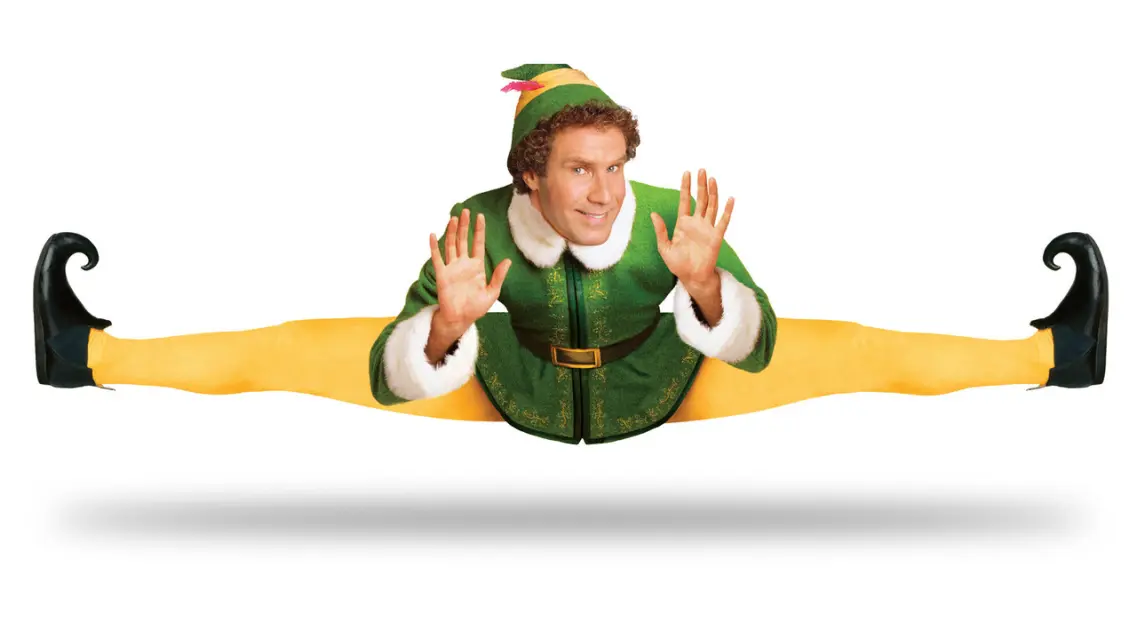
Often a child or someone with a childlike demeanor, the Innocent archetype as identified in Carl Jung's analytical psychology, perceives the world with unfettered optimism and wholesomeness. They shine with purity and simplicity, embracing life with trust and warmth, which endows them with the extraordinary capacity to see the sublime in the mundane. With an unfailing reservoir of hope and positivity, they represent an untainted perspective, a beacon of light in a world that can be overshadowed by complexity and skepticism. Their innocence is not just a trait but a lens through which the beauty and interconnectivity of life are magnified, offering solace and inspiration to all they encounter.
- Strengths: Optimism, imagination, purity, resilience, the ability to inspire others and bring joy
- Weaknesses: Naivete, physical powerlessness, vulnerability, sometimes overly trusting, can be easily misled or taken advantage of
- Motivation: To find happiness or truth, to maintain their sense of wonder and hope in the world, to protect their purity and innocence
- Examples: Buddy – Elf, Dorothy – The Wizard of Oz, Hermione Granger – Harry Potter
These characters often serve as the moral compass in stories, reminding others of the goodness that exists in the world. Their journey typically involves learning to balance their idealistic view of the world with a more realistic understanding, all while maintaining their sense of hope and purity. Their innocence is their strength, but it can also be their downfall, and it is through their trials and tribulations that they find a deeper understanding of themselves and the world around them.
2. The Orphan
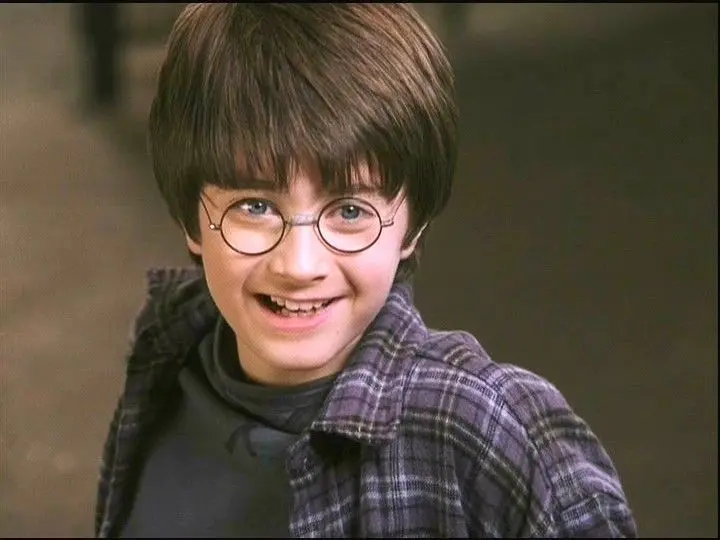
The Orphan character archetype, while not necessarily a literal orphan, carries the thematic weight of isolation and the quest for belonging that is central to so much of human storytelling. This figure is a poignant representation of the universal search for a place in the world, a tribe to call one's own, and a purpose that grants life a deeper meaning. The orphan's narrative arc is inherently linked to the concept of the 'everyman' archetype, as they often come from humble beginnings, only to be thrust into extraordinary circumstances that highlight their common humanity and relatability. Orphans make great protagonists because they've got a lot to gain if the story goes in their favor, creating a strong rooting interest for the audience. Usually, they're a regular person plucked from obscurity, becoming the main character in a story filled with growth and self-discovery.
Their stories strike a chord with the audience, embodying a sense of resilience and the hope that even from the most desolate conditions, one can rise and find or forge a sense of family and belonging. The orphan's journey is emblematic of the individual's struggle against the larger forces of society or destiny, often navigating through the social landscape in a search for personal identity. With a resilient spirit and a heart full of hope, the orphan character navigates their way through challenges, learning to rely on their own strength and the help of newfound friends or allies. Their journey is often one of transformation, as they learn to overcome their insecurities and realize their own worth.
- Strengths: Empathy, survival instinct, a sense of being chosen, adaptability, resilience
- Weaknesses: Lack of self-confidence, eagerness to please, fear of abandonment, sometimes overly trusting
- Motivation: To connect, be accepted, and be understood, to find their place in the world, to overcome their past
- Examples: Harry Potter, Oliver Twist, Luke Skywalker – Star Wars, Frodo – The Lord of the Rings
These archetypal figures reflect the inherent human need to find one's place in the cosmos, to transform the pain of loneliness into the strength of connectivity. They are compelling because they mirror our own experiences and aspirations, encapsulating the triumph of personal agency over the randomness of circumstance. They are the quintessential protagonists in our collective narrative, teaching us that heroism and belonging are often the product of trials and the triumphs of the human spirit.
3. The Hero
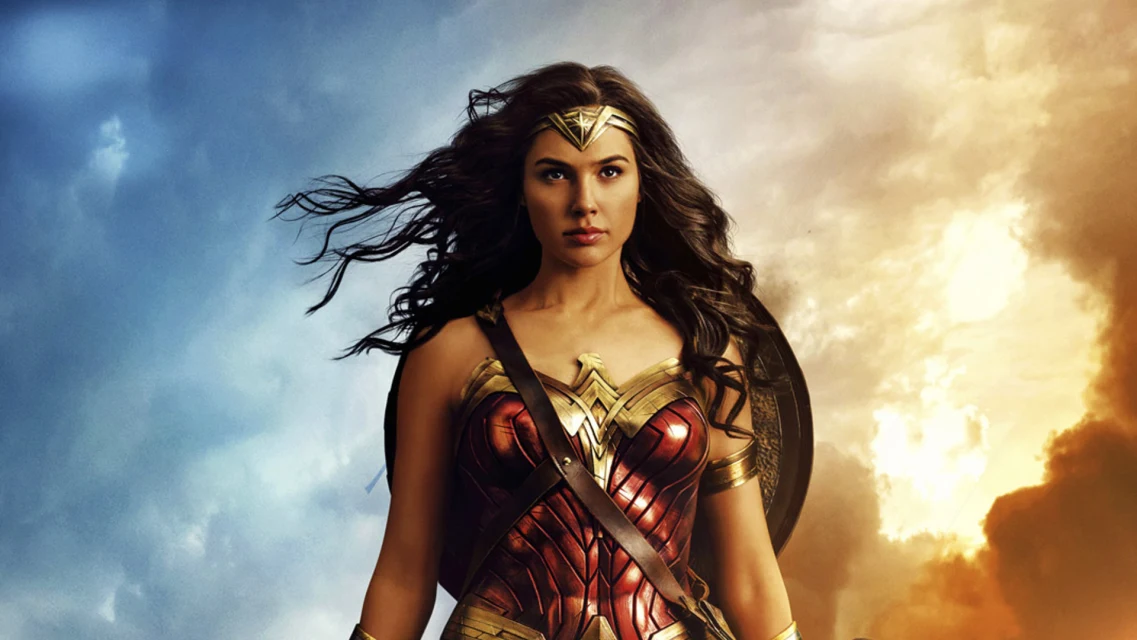
Sometimes known as the Warrior, this stock character is indispensable when you want to inject your story with heart-pounding action and high-stakes drama. This is the person you position at the forefront of conflict, ready to crush the enemy and save the day with an unyielding spirit. Brimming with courage and unwavering determination, they embody the archetype of a true leader, prepared to take on any challenge and inspire those around them. Often natural leaders, these characters are the ones others look to in times of crisis, ready to lead by example and with an innate ability to rally the troops.
- Strengths: Confidence, talent, physical / mental strength, courage, determination, leadership
- Weaknesses: Egotism, over-confidence, can be blinded by their own sense of justice
- Motivation: To prove their worth by saving the day, to overcome challenges, to be a beacon of strength and inspiration. Their core desire is to protect and lead, to stand as the bulwark against chaos and be the driving force in the pursuit of victory and justice.
- Examples: Wonder Woman, Captain America, Rocky Balboa, Batman
This archetypal character is not just the man or woman with a plan; they’re the glimmer of hope in a chaotic world, showcasing an incredible capacity for resilience and heroism. While they might face moments of self-doubt and be tested to their limits, their inner strength prevails, allowing them to rise once more, akin to a phoenix from the ashes, ready to complete their hero's journey.
Their journey is as much internal as it is external, as they grapple with their own flaws and learn to harness their strengths. In doing so, they demonstrate that even the mightiest can falter, but it’s the ability to rise again that truly defines a hero. They’re the epitome of strength and resilience, demonstrating that no matter how dire the situation, a true hero will always find a way to prevail. With a heart full of bravery and a spirit that refuses to be broken, the hero archetype stands as an integral and compelling part of any narrative, captivating audiences and leaving a lasting impression on the story’s landscape.
4. The Caregiver
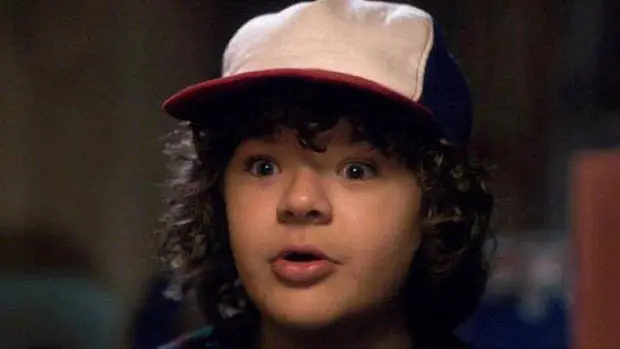
The Caregiver, embodying the nurturing and protective qualities often associated with the mother archetype, takes on various forms – they could be a parent, spouse, or a steadfast best friend. Regardless of the role they play, their essence revolves around providing support and care to those they cherish. Their instinct to nurture goes beyond mere obligation, stemming from a profound place of altruism and compassion. They are the unsung heroes whose influence may not always be at the forefront of action but is felt deeply by those who rely on their steadfast presence.
These archetypes can be counted on to give their all when it comes to ensuring the safety and wellbeing of their child, lover, or friend. Sometimes they emerge as an active sidekick, significantly contributing to the narrative’s progression, while at other times, they offer their support more subtly, staying in the background yet always ready to lend a helping hand.
In addition to their caring nature, archetypes often possess a quiet wisdom and a deep understanding of the human condition. Caregivers not only seek to respond but to understand, offering sage advice that often guides protagonists towards personal growth and healing. Their ability to see the best in others and to heal not just physical wounds but emotional ones too is a testament to their profound impact on the trajectory of a story.
- Strengths: Loving nature, selflessness, generosity, empathy, nurturing
- Weaknesses: Naivete, vulnerability to exploitation, can be overly protective
- Motivation: To help and protect other people, to create a safe and supportive environment
- Examples: Samwise Gamgee – The Lord of the Rings, Mary Poppins, Dustin Henderson – Stranger Things
These character archetypes provide a vital balance in the storytelling universe, often serving as the emotional backbone of the narrative. They bring warmth, kindness, and a generous spirit, reminding both characters and audiences alike of the power of compassion and the importance of taking care of one another. Their presence in a story adds a layer of depth and humanity, illustrating that strength can be found in gentleness and that true heroism can be expressed through acts of love and protection. Their unwavering dedication to others' welfare often comes at personal cost, yet it is this self-sacrifice that underscores their essential role in the journey of the protagonist and the unfolding of the story.
Get your FREE Filmmaking Storyboard Template Bundle
Plan your film with 10 professionally designed storyboard templates as ready-to-use PDFs.
5. The Seducer

These beautiful, irresistible character types, often referred to as the Seducer in Jungian psychology, use their good looks and irrepressible charm to spin every situation in their favor. They come in every shape, size, and gender, embodying the archetypal stock character that challenges the status quo with their unconventional ways.
Wrapped in allure and mystery, these archetypes often operate with a core desire to captivate and master others, harnessing their attractiveness as a means to exert influence and satisfy their deep-seated need for power. They thrive on the thrill of conquest, whether it's the pursuit of a love interest, the acquisition of wealth, or the attainment of a strategic advantage. Their magnetism can be both an asset and a liability, as it may win them favor but also attract envy and suspicion.
With a keen understanding of human nature, they can read desires like an open book, using this insight to weave their way through social labyrinths, leaving a trail of both admirers and adversaries. The seducer's ability to entrance is often rooted in a deep understanding of the arts of persuasion and influence, making them as intellectually formidable as they are physically appealing. With an arsenal of power, sex, money, and influence, they navigate the world with ease, manipulating circumstances to get what they want. However, it's worth noting that anything on offer from the Seducer usually comes with a high price, masked by their enchanting allure.
- Strengths: Beauty, charisma, amorality
- Weaknesses: A lack of loyalty, integrity, and morality
- Motivation: To be in control
- Examples: Villanelle – Killing Eve, Tony Stark – Iron Man, Delilah – Samson and Delilah
In Jungian psychology, they represent the darker, more manipulative sides of our personalities, reminding us of the seductive power of beauty and charisma, and the moral dilemmas they often bring. The seducer archetype's journey often reveals the complexities of desire and power, inviting reflection on the consequences of using one's allure as a means to an end. It is in the unraveling of their stories that we are reminded of the enduring interplay between attraction and ethics, and the compelling narrative tension this creates.
6. The Rebel
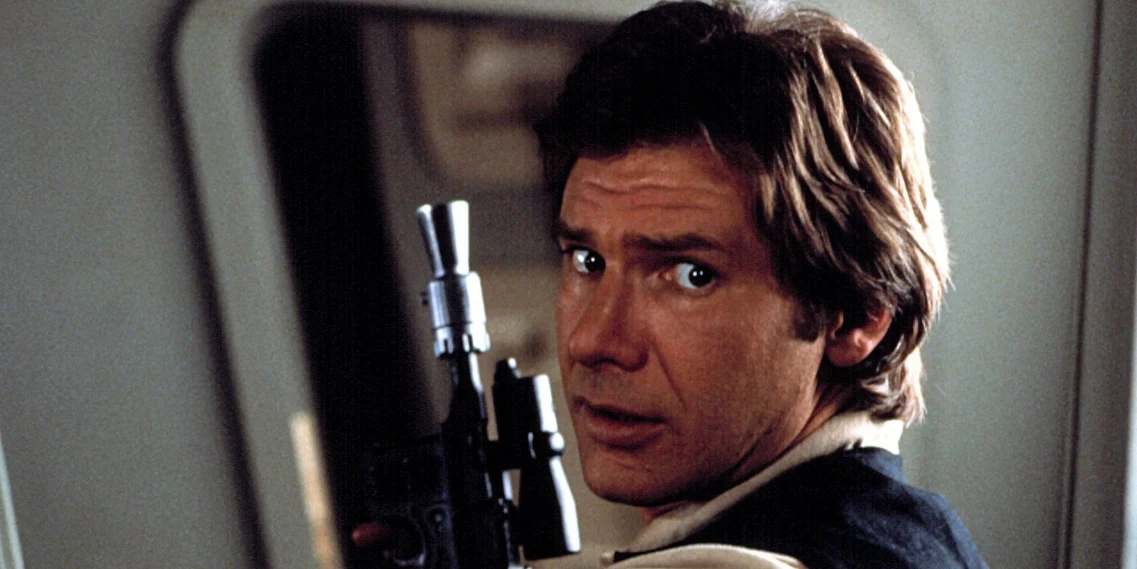
In analytical psychology, the rebel archetype, also known as the revolutionary or the outlaw, represents a profound challenge to the cultural shadow—the unspoken rules and unchecked power structures of society. This archetype is a catalyst for change, embodying the quest for freedom and the dismantling of oppressive systems. The rebel is a figure of transformation, tearing down what no longer serves the greater good to make room for new growth and progress.
The rebel character stands firm against the tide, refusing to accept the status quo. With an unwavering belief in justice, they dedicate themselves to leveling the playing field and challenging the existing order of things. These characters are not always in positions of leadership; in fact, many embody the everyman anti-hero persona, making their rebellious acts even more impactful.
Their path is fraught with conflict and opposition, yet it is their very marginalization that often gives them a unique perspective on what needs to be transformed. The rebel does not seek rebellion for its own sake but is driven by a core desire for equity and authenticity, guided by a vision of what society could become if freed from its outdated conventions and corruptions.
- Strengths: Resilience, resourcefulness, ability to inspire
- Weaknesses: Lack of power, status, and resources
- Motivation: To change the world and restore justice
- Examples: Han Solo – Star Wars, Indiana Jones, Katniss Everdeen – The Hunger Games
They possess an intrinsic resilience and resourcefulness, drawing others to their cause and inspiring movements for change. This archetypal character serves as a mirror for the audience, reflecting the collective frustrations and aspirations of society. Through their struggles and triumphs, rebels challenge us to consider our values and our courage to uphold them. They exemplify the individual's potential to resist internal and external tyranny and to strive for a more authentic and just existence. The rebel archetype reminds us that sometimes, in order to bring about justice and fairness, one must be willing to stand against the tide and shake things up.
7. The Lover
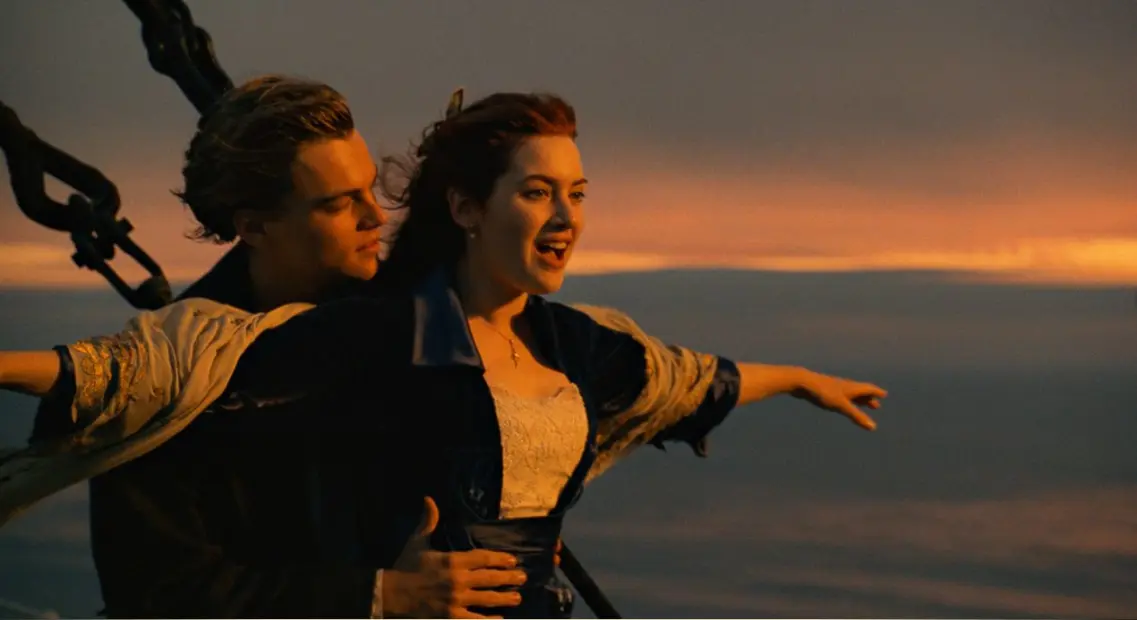
The lover is a character archetype that showcases the depth and intensity of human emotions and relationships. These individuals wear their hearts on their sleeves, embodying devotion and passion in its purest form. They are utterly devoted to the object of their affection, sometimes to the extent that they are willing to put their own safety and well-being at risk.
The lover archetype, while deeply passionate, also exemplifies the transformative power of love in Jung's analytical psychology. This character's love often extends beyond the personal, touching upon the collective unconscious, where archetypal patterns of behavior are shared and understood on a universal level. In their love story, we see not just a personal romance but a mythic journey that echoes the deepest yearnings of the human spirit.
- Strengths: Devotion, passion, selflessness
- Weaknesses: Willingness to sacrifice themselves for their lover
- Motivation: To be one with their beloved
- Examples: Edward – Twilight, Jack and Rose – Titanic, Samwise – The Lord of the Rings
Their core desire is not just to love, but to experience unity and a sense of completeness through their relationships. This often makes them the emotional center of a story, driving the narrative forward as they navigate the complexities of their relationships.
As human beings, we are drawn to stories of love and sacrifice, and these archetypes tap into this universal appeal. Their journeys, filled with intense emotions and dramatic turns, make for compelling narratives. However, it’s worth noting that their path often leads them towards tragic ends, as their unwavering devotion can blind them to the dangers that lie ahead. Yet, it’s this very vulnerability that makes them so relatable and their stories so heart-wrenching and memorable.
8. The Creator
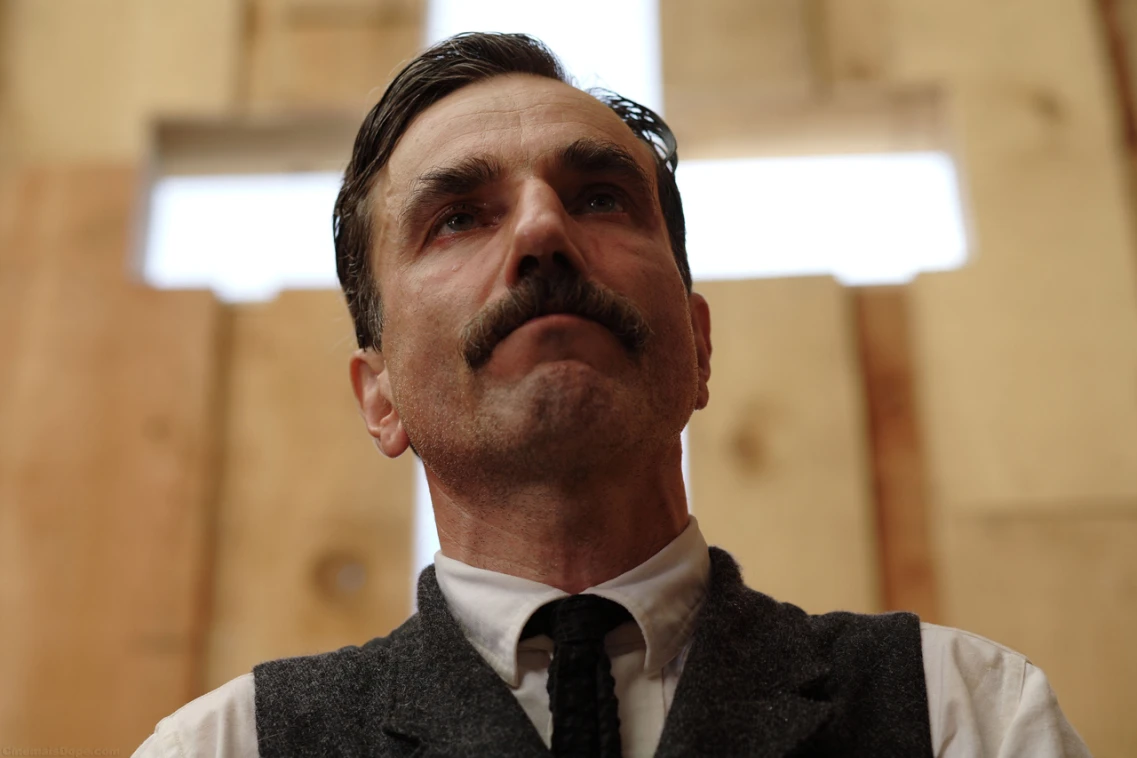
The creator archetype is truly a fascinating figure in storytelling, embodying the quintessence of imagination and innovation. These are the individuals who feel an insatiable urge to produce, create, and shape the world around them. While they can often be seen as the classic, eccentric artist completely immersed in their work, they might also take on the role of a visionary business leader or an ingenious entrepreneur.
- Strengths: Drive, creativity, vision
- Weaknesses: Perfectionism, egotism, self-sacrifice
- Motivation: To build something that leaves a legacy
- Examples: Steve Jobs, Daniel Plainview – There Will Be Blood, Willy Wonka – Charlie and the Chocolate Factory
Their relentless drive pushes them to explore uncharted territories and break away from conventional paths, as they aim to leave an indelible mark on the world. This unyielding passion, however, can be a double-edged sword; their perfectionism and self-imposed standards can lead to a sense of isolation, as they may distance themselves from friends, family, and other social ties in their pursuit of excellence. Their egotism, born from their intense focus and belief in their vision, can sometimes blind them to the needs and perspectives of others.
Yet, despite these potential pitfalls, the creator remains a central figure among common character archetypes, encapsulating the human spirit's boundless creativity and our deep-seated desire to contribute something meaningful and lasting to the world. Through their stories, we explore the complexities of ambition, the sacrifices one is willing to make for their art or vision, and the transformative power of creativity.
9. The Joker
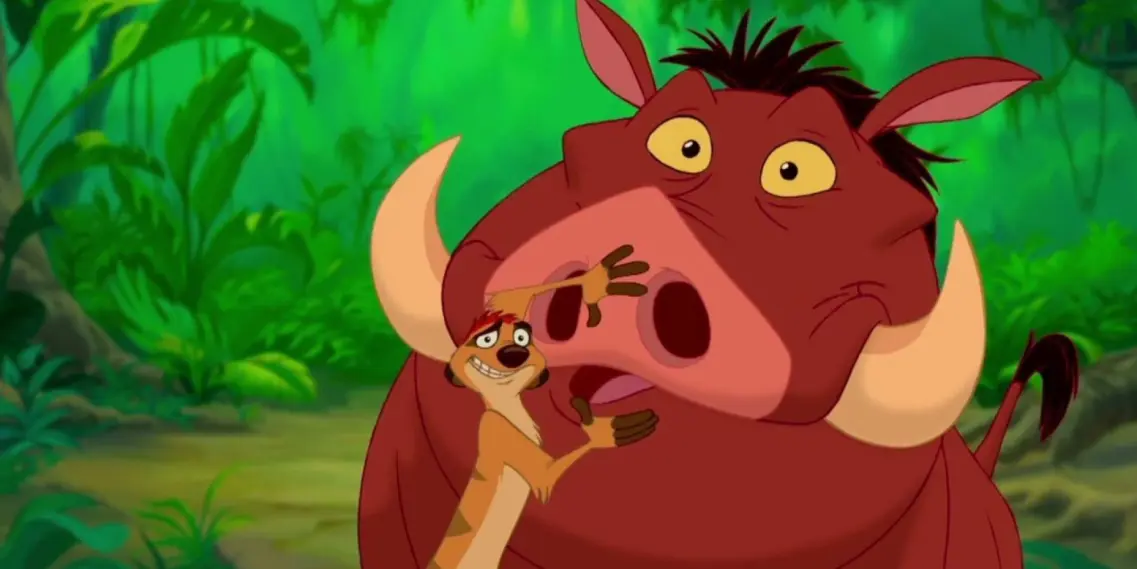
The joker, as one of the notable Jungian archetypes, embodies a unique combination of humor, wit, and often, unexpected depth. With their infectious laughter and love for a good joke, they bring a lightness to any story, helping to balance out more serious or tense moments. They excel at living in the moment and encourage others around them to do the same, embracing the joy and spontaneity of life.
- Strengths: Sense of fun, likeability, joyfulness
- Weaknesses: Unreliability, frivolousness, selfishness
- Motivation: To have an easy time living for today
- Examples: Stifler – American Pie, Timon and Pumbaa – The Lion King, Tigger – Winnie the Pooh
Though their primary role may seem to revolve around comic relief, jokers often possess an underlying wisdom. They see the world through a different lens, and their playful, carefree demeanor can sometimes mask a capacity for profound insight. Historically, jesters or court fools were indeed prized for their ability to speak truths that others might shy away from, all under the guise of humor.
Yet, the light-heartedness of the joker archetype can also lead to certain downfalls. Their unreliability and penchant for frivolousness might create complications, especially in more serious or dire situations. Furthermore, their selfishness may stem from a desire to protect their own carefree lifestyle, even at the expense of others' needs.
In any case, the joker remains a captivating and indispensable part of the myriad of Jungian character archetypes, captivating audiences with their zest for life, their unfiltered perspective, and of course, their ability to bring a smile to even the most stoic of faces.Yet, the light-heartedness of the joker archetype can also lead to certain downfalls. Their unreliability and penchant for frivolousness might create complications, especially in more serious or dire situations. Furthermore, their selfishness may stem from a desire to protect their own carefree lifestyle, even at the expense of others' needs.
In any case, the joker remains a captivating and indispensable part of the myriad of Jungian character archetypes, captivating audiences with their zest for life, their unfiltered perspective, and of course, their ability to bring a smile to even the most stoic of faces.
10. The Mentor
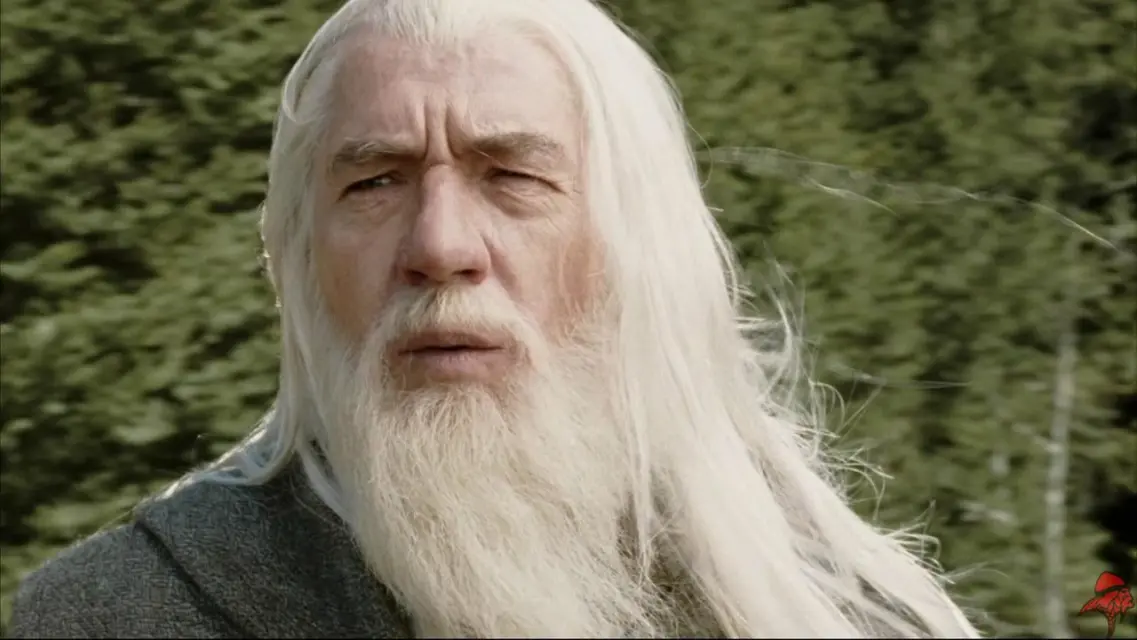
In the vast and intricate tapestry of character archetypes, the mentor holds a special place, embodying wisdom and guidance. Everyone, from the most humble to the most heroic protagonists, needs a mentor in their journey. Sometimes referred to as the sage, the mentor archetype makes its presence known by guiding the protagonist, providing them with the knowledge and preparation necessary for the challenges ahead. They manifest in various forms—a parent, a close friend, or even as the archetypal wise old man with a long, flowing beard.
- Strengths: Wisdom, calmness, experience
- Weaknesses: Caution, reluctance to act, being hardened from past experiences
- Motivation: To nurture the next generation
- Examples: Obi-Wan Kenobi – Star Wars, Gandalf – The Lord of the Rings, Albus Dumbledore – Harry Potter
These mentors are pillars of strength and reservoirs of knowledge, often having lived through tumultuous times themselves. They provide not just technical knowledge and skills, but also impart moral wisdom and life lessons, playing a crucial role in the personal growth of the protagonist. They are often seen as calm and collected, providing a stabilizing influence in the chaotic world of the story.
However, their journey is not without its own scars. Their wisdom is usually hard-earned, derived from a lifetime of experiences, some of which may have been harsh and unforgiving. This history can sometimes make them cautious, even overly so, and they may carry a reluctance to act quickly, fearing the repetition of past mistakes. They might also appear hardened, their spirits tempered by the trials of their past.
Despite these potential drawbacks, the mentor remains an indispensable part of the rich world of character archetypes. Their motivation is rooted in a deep-seated desire to nurture and prepare the next generation, to pass on their wisdom and help guide others towards their true potential. They stand as beacons of knowledge and wisdom, and their impact on the protagonist—and indeed, on the story itself—is immeasurable.
11. The Magician
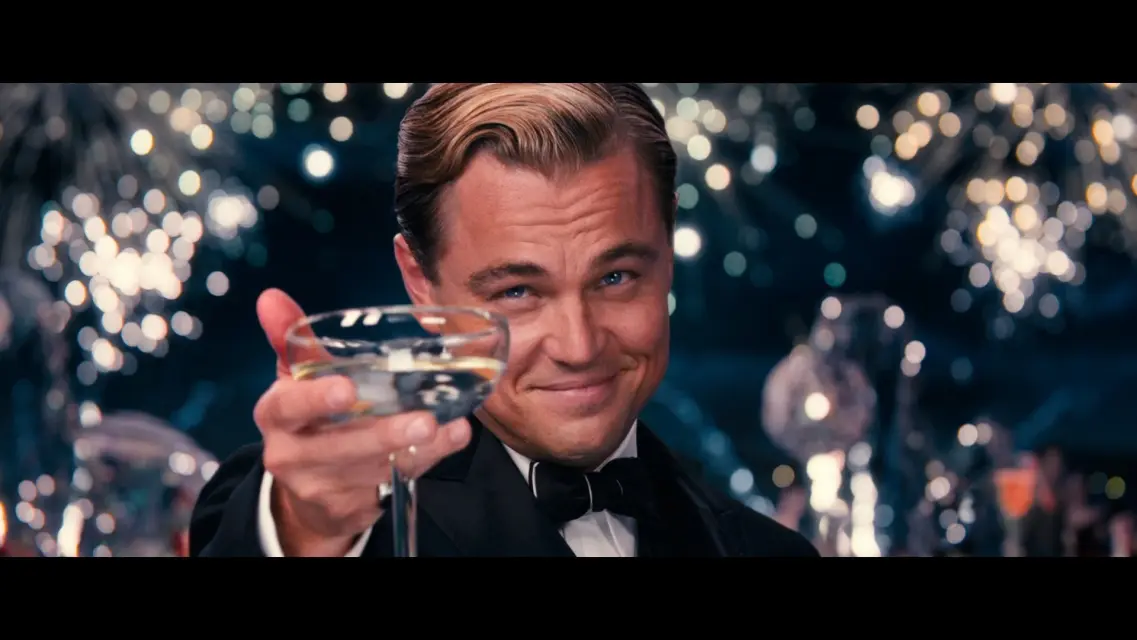
The magician stands out as a complex and multifaceted character in the world of story archetypes, weaving a web of influence and control. Forget the stereotypical image of endearing old men in silk shirts pulling rabbits out of hats—the magician character archetype often harbors a more enigmatic and potentially sinister aura. Much like the mentor, they are on a quest for enlightenment and wisdom, but what sets them apart is their desire to bend and shape the world around them according to their own vision.
- Strengths: Strategic ability, knowledge, experience
- Weaknesses: Hubris, anger, willingness to destroy
- Motivation: To create order from chaos, and shape the world
- Examples: Frank Underwood – House of Cards, Jay Gatsby – The Great Gatsby, Saruman – The Lord of the Rings, Sherlock Holmes
These characters are master strategists, possessing a wealth of knowledge and experience that they employ to manipulate situations to their advantage. Their minds work like intricate puzzles, always several steps ahead of those around them, making them formidable allies or fearsome adversaries.
However, with great power comes the risk of hubris. The magician's confidence in their abilities can easily transform into overconfidence, blinding them to their own faults and potential downfalls. Anger is another Achilles' heel; when things don’t go as planned, their fury can be as destructive as any physical force. In their relentless pursuit of control, they might even be willing to destroy anything and anyone that stands in their way.
Their motivation is driven by a profound need to impose order upon chaos, to transform the tumultuous, unpredictable world into something more structured and under their control. They seek to mold reality according to their vision, aspiring to create a world that aligns with their own unique perspective and desires.
As one of the more complex character archetypes, the magician embodies the dual nature of power—the ability to create and to destroy. They remind us of the fine line between control and tyranny, wisdom and hubris, highlighting the intricate dance between the pursuit of knowledge and the temptations of power.
12. The Ruler
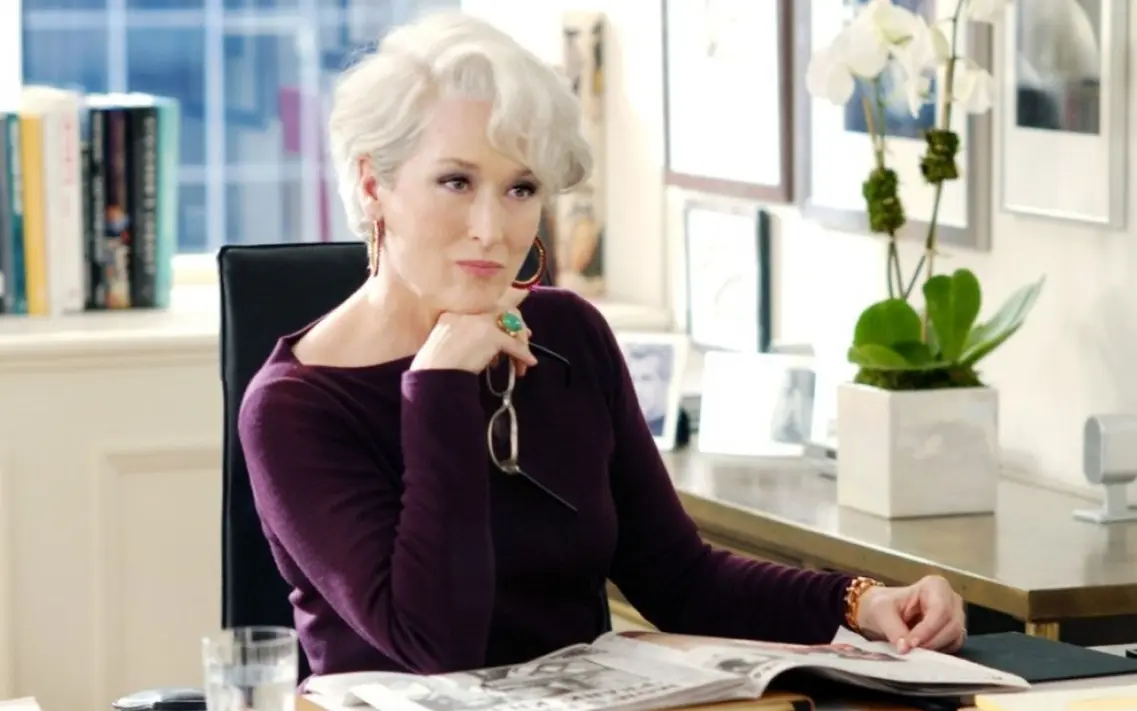
The ruler archetype in Jungian psychology represents authority, responsibility, and sovereignty, both in their personal domain and in a broader societal context. Their rule can be just or tyrannical, but always, it is marked by their commanding presence. The ruler exerts influence not just through direct control, but also through the establishment of laws, norms, and structures that define the environment in which they and others operate.
- Strengths: Leadership, power, charisma
- Weaknesses: Suspicion, paranoia, inability to accept help
- Motivation: Their core motivation stems from a deep-seated need to create a legacy and bring about order and stability.
- Examples: King Arthur, Miranda Priestly – The Devil Wears Prada, Mr Burns – The Simpsons
In stories, ruler characters often find themselves confronted with the challenges of leadership and the burdens it brings. Their narratives frequently explore themes of power, legitimacy, and the intricate dance between ruler and subject. The ruler, in their purest form, seeks not just to lead, but to leave an indelible mark on their realm, ensuring their vision endures long after their rule has ended.
Examples of the ruler archetype can be as diverse as the benevolent monarch who safeguards their people to the corporate magnate who manages vast empires with an iron fist. They embody the principle that with great power comes great responsibility, and their stories often serve as a cautionary tale about the intoxicating and isolating effects of power. Whether they are viewed as protectors of the status quo or agents of oppression, the ruler is undeniably a central figure in the tapestry of archetypal characters that populate our collective imagination.
Conclusion
In exploring the landscape of Jung’s twelve primary types, we move through the rich and varied terrain of human experience. These archetypes serve as the foundational elements in the narrative structure of our collective unconscious, offering a diverse cast of characters that resonate with the universal patterns of human behavior.
From the nurturing embrace of the Caregiver to the rebellious spirit of the Rebel, each archetype presents a distinct facet of our own psyche, reflecting the complexity of our aspirations, fears, and motivations. As we delve into stories that weave these archetypal threads together, we gain insights not just into the characters we encounter but into ourselves as well. Jung’s twelve primary types stand as enduring pillars in the understanding of human nature, each holding up a mirror to the roles we embody in the grand story of life.